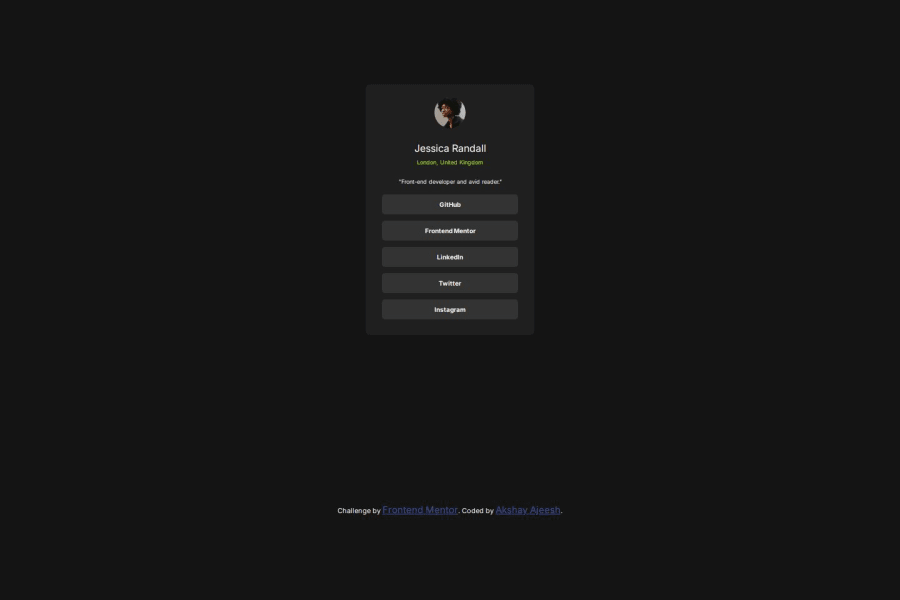
Design comparison
SolutionDesign
Solution retrospective
What are you most proud of, and what would you do differently next time?
I am happy that this time I tried to completely code on my own without taking my peer's help. My speed in coding and understanding mistakes got better. I want to focust on increasing speed and including better responsiveness in my future projects
What challenges did you encounter, and how did you overcome them?Responsiveness of the webpage. I was not successful in making the page responsive as desired
Community feedback
Please log in to post a comment
Log in with GitHubJoin our Discord community
Join thousands of Frontend Mentor community members taking the challenges, sharing resources, helping each other, and chatting about all things front-end!
Join our Discord
